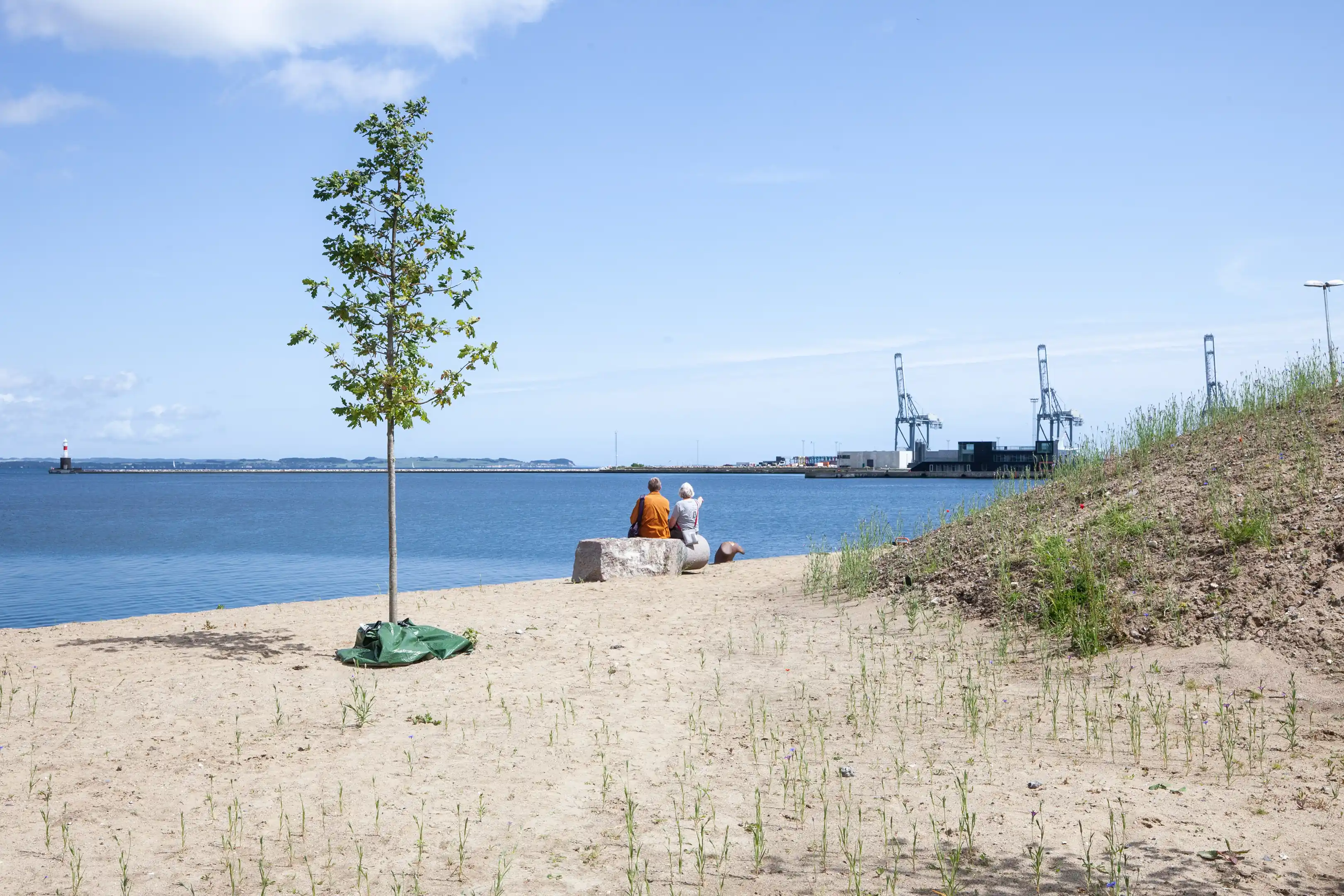In 2022, a bold new city park took shape on Pier 2 at Aarhus Ø, breathing life into a once-barren industrial area. Covering approximately 25,000 square meters, this temporary installation redefines how green havens can coexist within dense urban environments. Visitors encounter rolling hills formed from sand and gravel extracted from nearby canal projects, winding pathways, and clusters of vegetation reflecting the Danish landscape. These natural features are woven into the cityscape, bridging the gap between built infrastructure and ecological renewal.
Equally remarkable is the park’s pragmatic approach to land use, leaving half of its surface area dedicated to nature while reserving the remaining half as unprogrammed terrain open to visitors’ interpretations. This balanced design meets two objectives: regenerating local biodiversity in line with the United Nations’ SDG 15 and fostering collaborative experimentation aligned with SDG 17. By inviting people to navigate and discover the evolving landscape in real time, the park underscores how urban innovation is best realized through hands-on learning, adaptation, and reinvention.
.svg)
.svg)


.svg)

.svg)
.svg)
















